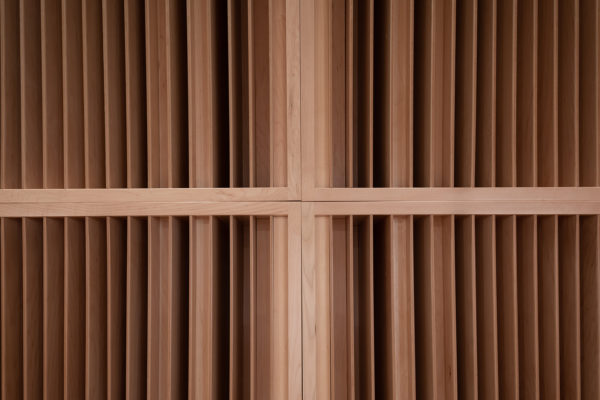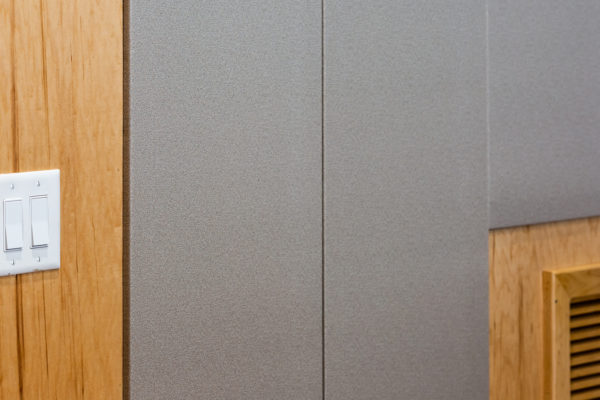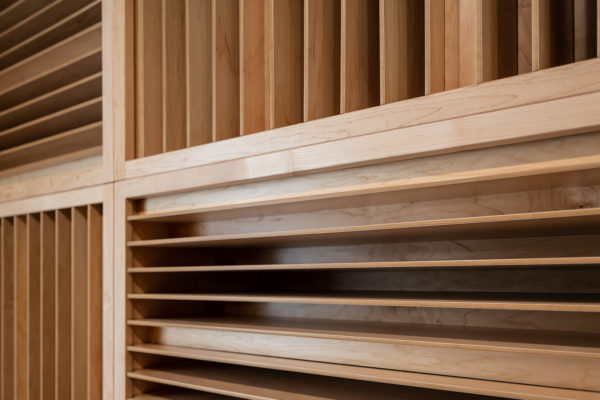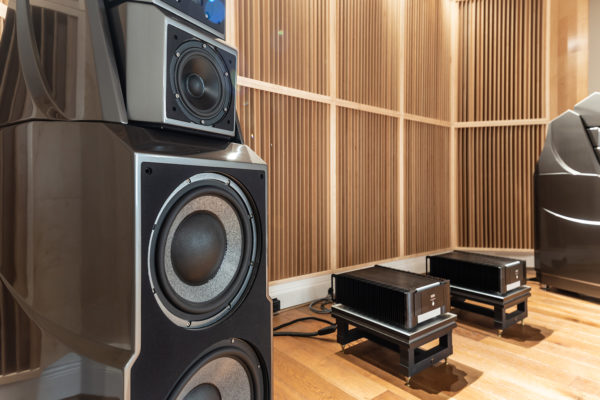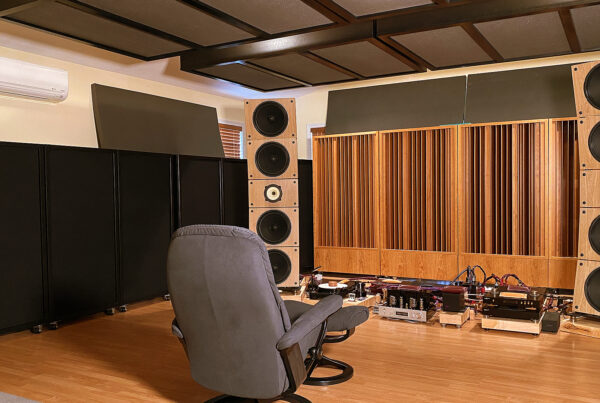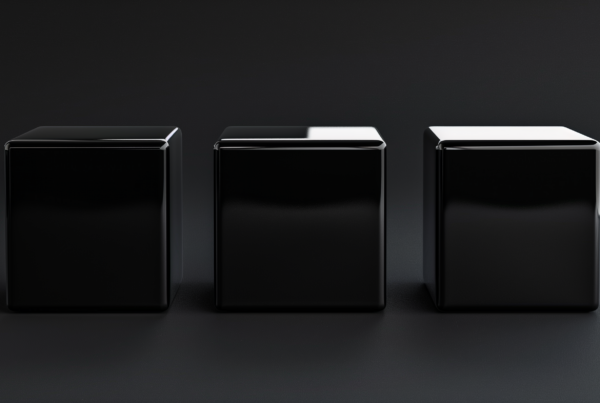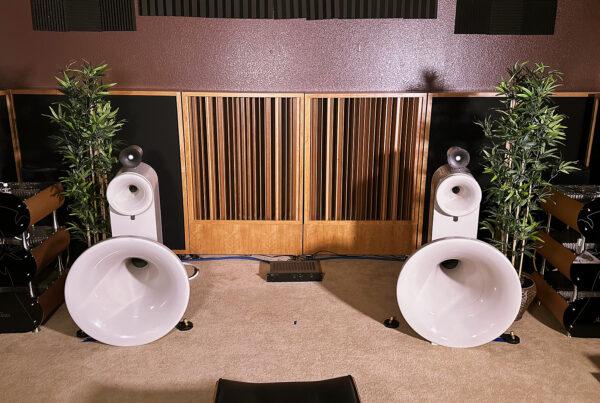Acoustic Design Project
State of the Art
Acoustics
Dual Usage Room: Listening and Piano
What do you get when you build a listening room that cost $450,000.00? You get nothing. You get a room that sounds like no room. The best sound you will ever hear from your electronics is just the electronics with no room sound. Take your speakers and amplifiers outside in a quiet place free from humanity and its noise pollution. Set up your listening chair and push the play button. All you will hear is music. Music that is the purest and cleanest possible with no reflections from the four walls and ceiling. No room, no room sound.
Treating all surfaces is key
To achieve this ideal system, you must treat all the room boundary surfaces. You must manage the low-frequency pressure produced by the dimensions of your room. These include the unwanted axial, tangential, and oblique modes. You must manage the reflections from the room boundary surfaces to lower reverberation times within the room. You must manage the side wall reflections time signature so that it does not interfere with direct or straight line energy from your speakers. The time-delayed “slap” from the rear wall reflections must not reach the listening position.
To manage the low-frequency issues, you must “wrap” the room in low-frequency absorption technology. No building insulation allowed. You must assign the correct rate and level of absorption to match the frequency and amplitude of all issues within the room. The unwanted low-frequency pressure issues vary throughout the room. Sidewall to side wall issues varies from front to rear wall. Ceiling and floor low-frequency pressure issues are the worst and produce the largest amplitudes of all axial modes within the room.
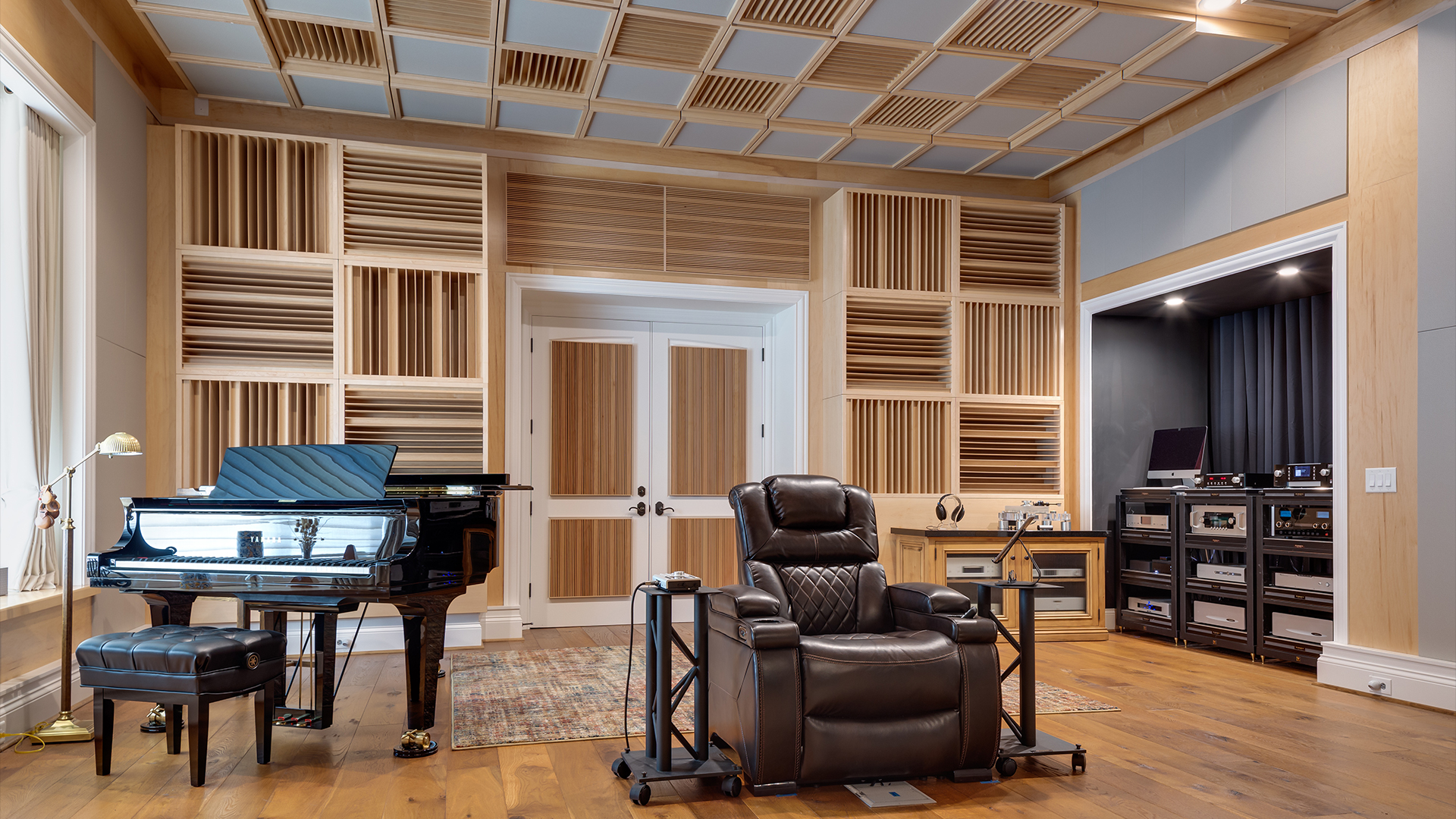
The CAW system in action
Our CAW was used throughout the room to address all low-frequency issues. The four walls and ceiling were framed out to incorporate our carbon technology. With our carbon technology, we are able to address all low frequency and amplitude issues every 14 1/2″ inside each stud space. We vary the cavity depth, thickness of the carbon filter, and its position within the 8″ and 10″ stud cavities. You achieve a smooth response curve by tuning the unwanted energy at every 14 1/2″. Low frequency does not stand a chance against our CAW.
Sidewall reflection time signature management was accomplished using our foam technology placed between the studs and covered with rigid fabric panels. Our foam technology was created especially for music and voice. It took 8 years to develop and at a cost of 2,000,000. It is very special with rates and levels never before achieved in an open-celled foam construction. It is not for noise like most foams in the marketplace that deaden your room sound through overabsorption. Our rates and levels of absorption for our 1″ and 2″ foams match more closely our human hearing curves.
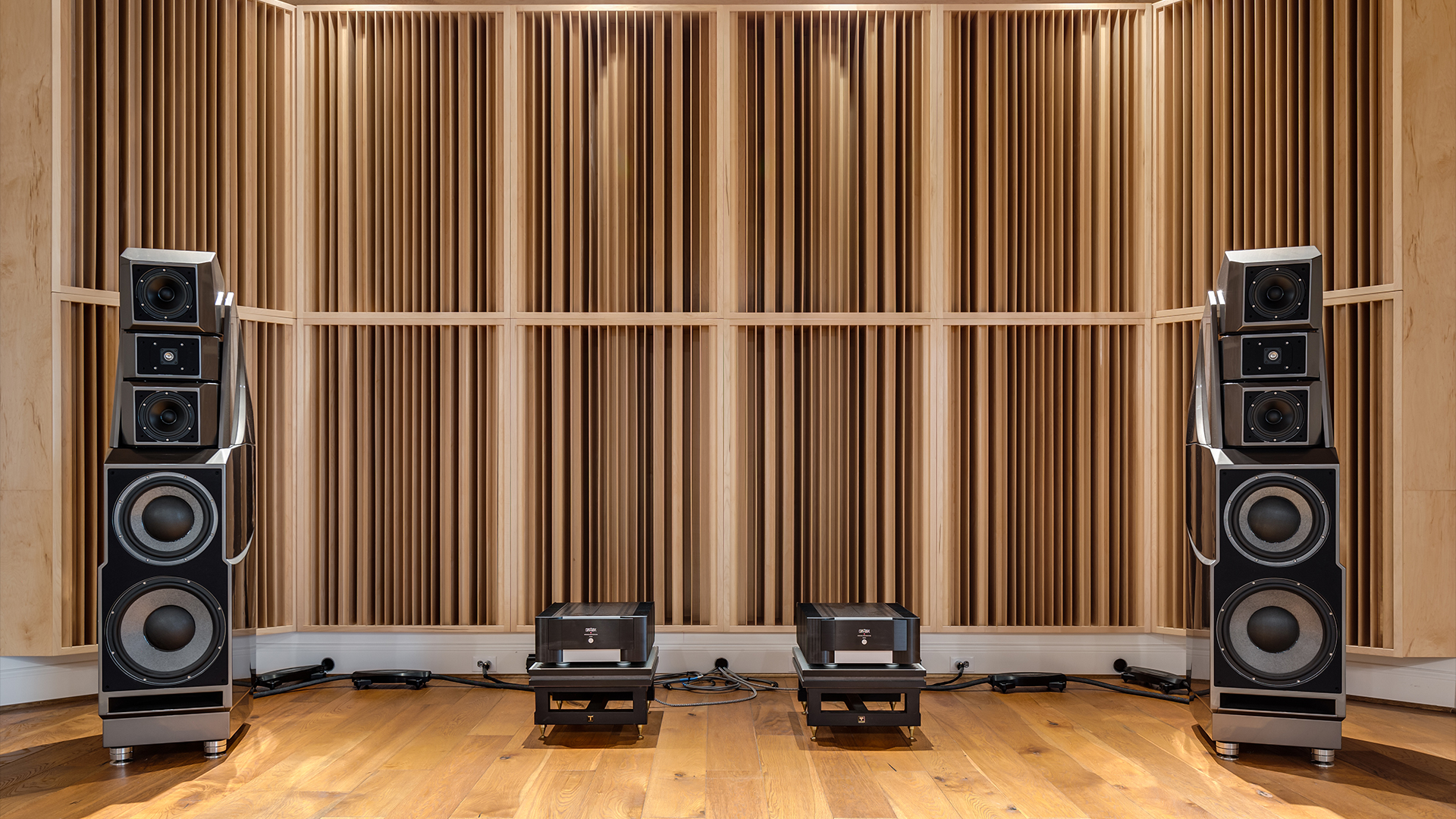
Free Space Listening
Diffusion is a technology to make a small room sound larger. It accomplishes this by minimizing the reflections from each room boundary surface area. Each diffusion sequence for the ceiling, front and rear walls were chosen to match the usage and distance available for treatment. The ceiling supports our P-13 modules to create a two-dimensional pattern, the front wall our QD-23 vertical sequence, and the rear wall is a two-dimensional blend of our QD-17 and high-frequency solid wood diffusers. What do you get for $450,000 when you build a listening room?
You get everything and nothing at the same time. You get lots of treatment and no room sound. Achieving good quality sound is all about doing a lot of little things in the correct order and using the correct materials that support quality sound. Only by controlling and treating all the surface areas does one achieve the ultimate sonic resolution. It takes a lot of design, work, and product. Remember that each surface area in our rooms contributes 17% to what we eventually hear. Listen to music without hearing any of the room. Mission very well accomplished.
Do you want to solve your room acoustic problems?
There’s no one size fits all when it comes to room acoustics.
Get your FREE personal room acoustics analysis by chief acoustics engineer Dennis Foley.


